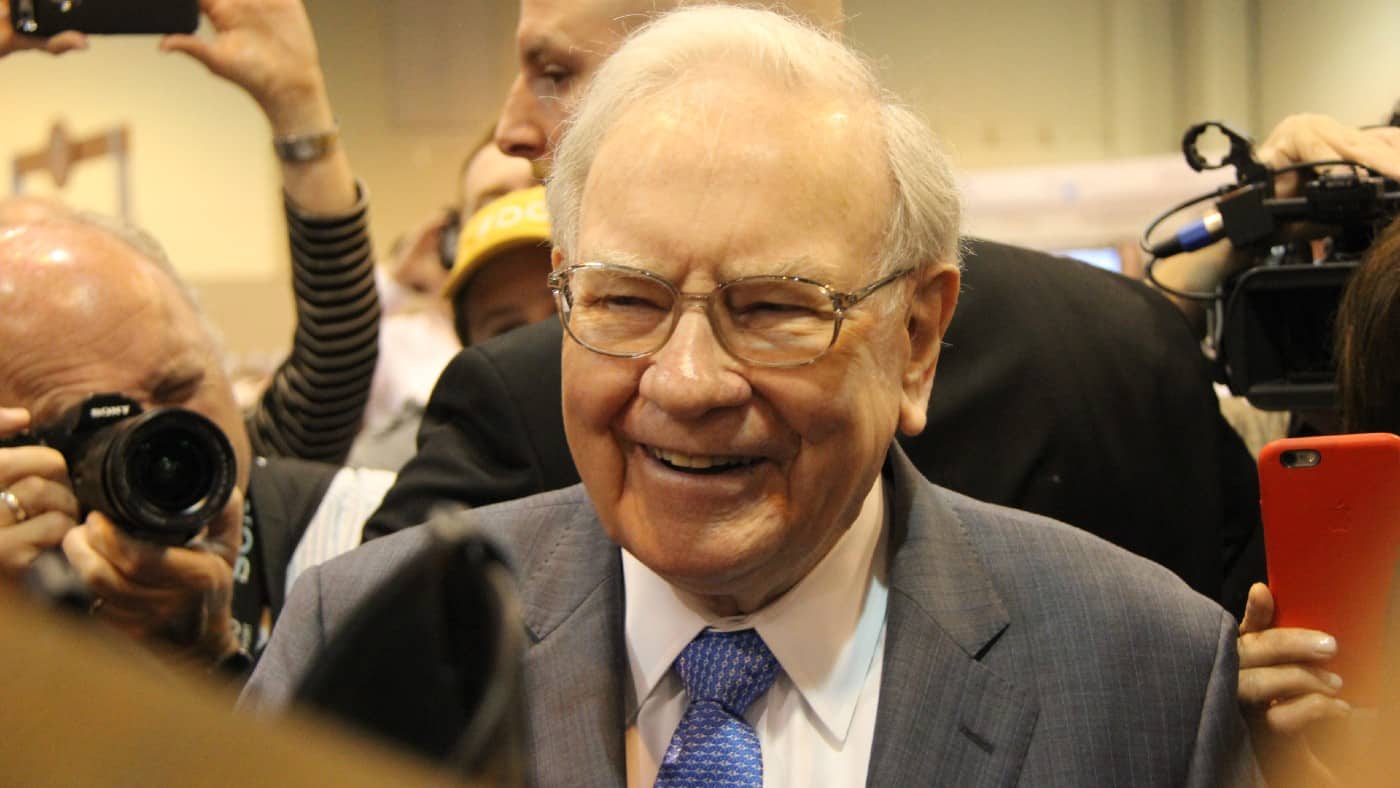Image source: Getty Images
Although I am a long-term investor with a buy-and-hold philosophy, I do still sell shares I own sometimes. One of the hardest investing decisions I made this year was to sell my holding in Lloyds (LSE: LLOY). I had been fairly upbeat about the prospects for Lloyds shares, yet still decided to get rid of my stake in the bank.
Was that the right thing to do?
Investment case and valuation
When considering whether to buy or sell a share, I consider the same two things.
First I look at the investment case for a business. Does its business model look like it could reliably produce sizeable profits in the long run?
Secondly I consider valuation. That means buying when the price is attractive. But it can also involve making a decision to sell when I feel the current valuation may be high given the future business prospects.
The Lloyds investment case
What concerns me about Lloyds right now, along with other banks, is the impact a recession could have on profitability.
Lloyds has a large business and customer base. Indeed, it is the biggest mortgage lender in the UK and operates under a variety of different brands. That gives it broad reach.
But it also brings risk: if more people start to default on their loans, profits could fall. So far, banks including Lloyds have been sounding fairly upbeat about default rates. In October, the bank said that observed credit performance was stable and it saw only “very modest evidence of deterioration”.
But the economy is wobbling and costs are soaring, hurting household spending power. I think that is a recipe for higher default rates. I do not know how bad that problem may get, but I see it as a red flag for the Lloyds investment case.
On top of that, although it raised its interim dividend by 19% this year, the payout is still far below its pre-pandemic levels despite the bank generating massive free cash flows. Management’s unwillingness to restore the dividend at its old level despite having enough cash to do so makes the investment case less attractive for me.
How to value Lloyds shares
What about valuation?
Looking at the share price chart of the company over the past year, there seems to have been a downwards drift in investor enthusiasm — but not a dramatic one.
A price-to-earnings ratio in single digits could make the shares seem cheap.
However, I am no longer confident in the short-term investment case, due to default risks. That could hurt earnings badly. So while the valuation looks attractive to me using historical data, as an investor I am focused on what happens in future. Given the uncertainties about future earnings, I find it hard to value Lloyds shares.
So although I continue to watch Lloyds, my concern about the risk of growing defaults means that I am glad to be out of the shares for now. I do not think I made a mistake selling up, based on my risk tolerance. But I will be watching in 2023 to see if default rates continue to be fairly low. If so, I will reconsider the investment case for Lloyds shares and may add them back into my portfolio.
Credit: Source link














